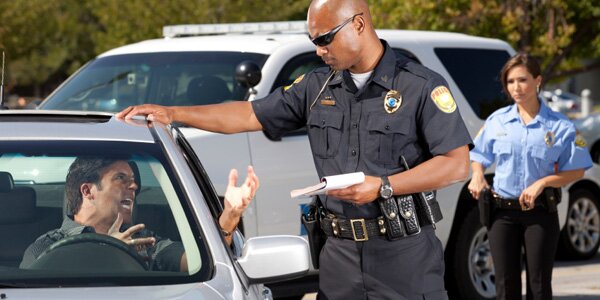
For there’s been much discussion policing in The United States and throughout the nation and round the planet about cops. News media social media, politicians and activists all have been weighing in on this particular issue. Facts, supported by signs of some kind, often get dropped to the side when the extremely ‘popular’ instances arrive at view, and the frontline and emotion wind up controlling the conversation.
Among the problems being discussed is police/community relations, the name of which is occasionally perplexing to other leaders in a community and police supervisors. Relationship or a relation is by definition a link between individuals. Some examples could be husband and wife; domestic partners; brother and sister; laborer and foreman, etc., etc. There must be at least two individuals involved to really have a relationship.
When discussing “the authorities” and “the community” there’s an implied division of forms, nearly to the stage of being a true contradiction in intent, and self defeating in nature. A “community” is a combined term, and is inclusive of all individuals within a certain place or district, that usually share an authorities, perhaps a culture or political orientation, perhaps a history, etc. Consequently, authorities are a part of “the community”. When any individual or group within the community is disconnected, where a classification happens in a community is.
Supervisors and authorities leaders frequently fall victim to the pitfalls of the negative aspects which are inherent in police work. Authorities are summoned by citizens when poor (read ‘negative’) things occur. Violence is not good; car crashes are not good, offense is not good; drug abuse is not good; gangs are not good; relatives of arrestees attempt to make cops look bad. Citizens expect, and expect authorities, to face the terrible things that happen locally.
Encompassed by the poor in a community, authorities frequently find themselves feeling a need to distinguish from others in that community. So develops the us (the authorities) and them (everyone else) approach. Following the terror strikes of 9/11, authorities discovered themselves as homeland protection, the frontline in and the federal government made military equipment accessible to local law enforcement. The wearing of military design fatigues for road obligation, and the acquisition of such, has resulted in the understanding the authorities are over-militarized. This really is a disconnect. This really is what leaders and authorities supervisors must prevent. Any disconnection together with the community at large is bad for the community at large! Making sure this disconnect will not happen is the important challenge of the second. Reinventing the authorities picture alone doesn’t repair disconnection, so does the authorities sector action non-disconnection?



 Reasons To Try Traffic Secrets 3.0 Program
Reasons To Try Traffic Secrets 3.0 Program Overview About Medical Marijuana In Belmar
Overview About Medical Marijuana In Belmar



Leave a Reply
You must be logged in to post a comment.